Nestled within the vast and diverse landscape of the African continent, the largest nation on this ancient landmass awaits our exploration. In this comprehensive study, we embark on a journey to unveil the natural splendor and geographical diversity of this remarkable country. From arid deserts to towering mountains, fertile plains to pristine coastlines, this nation’s terrain is a testament to Mother Nature’s creativity. Yet, as we delve deeper, we will also confront the complex challenges and opportunities that define its socio-economic landscape, governance, and the preservation of its rich cultural heritage. Embark on an African journey to the largest country on the continent. Explore its immense size, geography, people, and cultural tapestry.
Algeria
Algeria, the biggest African country and the tenth-largest globally, covers a vast land area of 2,381,741 square kilometers. This North African nation is predominantly arid, with approximately 90% of its territory being desert and only 12% inhabited. Positioned as a gateway between Africa and Europe, Algeria shares its borders with seven countries: Libya, Mali, Mauritania, Morocco, Niger, Tunisia, and Western Sahara.
The country boasts diverse geographic features, with a rugged northern region dominated by the Atlas Mountains, including the highest peak, Mount Chélia, at 7,638 feet (2,328 meters). Along its Mediterranean coastline, Algeria offers numerous picturesque bays. In contrast, the central and southern areas are characterized by the vast expanse of the northern Sahara desert.
Algeria, Africa’s largest country, grapples with both substantial opportunities and formidable challenges. Although its wealth predominantly relies on hydrocarbons, a vulnerability to oil price fluctuations underscores the need for economic diversification, particularly in agriculture and tourism. In parallel, ongoing political tensions and calls for democratic reforms necessitate governance improvements to ensure stability and long-term progress. Furthermore, Algeria must balance the preservation of its rich cultural heritage, influenced by Arab, Berber, and French traditions, with the imperative of modernization. With its diverse geography and natural beauty, Algeria holds immense potential, and addressing these issues is pivotal in unlocking its promising future.
Democratic Republic of Congo
The Democratic Republic of the Congo, the second biggest African country situated near the equator, is the second-largest African country in terms of land area, covering 2,344,858 square kilometers. It enjoys a tropical climate due to its proximity to the equator. Bordered by several nations, it shares its borders with Central African Republic and South Sudan to the north, Uganda, Rwanda, Burundi, and Tanzania to the east, Zambia to the southeast, Angola to the southwest, and has a short Atlantic coastline to the west. The country’s topography is incredibly diverse, featuring a vast river basin, a significant valley, high plateaus, three mountain ranges, and a low coastal plain. The central Congo basin dominates the landscape, characterized by rolling plains with an average elevation of about 1,700 feet (520 meters) above sea level, while the highest point rises to 2,296 feet (700 meters) in the hills of Mobayi-Mbongo and Zongo in the north.
The Democratic Republic of Congo (DRC), Sub-Saharan Africa’s largest nation, is endowed with vast natural resources and remarkable biodiversity, yet it remains mired in a longstanding humanitarian crisis. The nation’s wealth, primarily in minerals like cobalt and copper, has not translated into widespread prosperity due to issues like corruption, poor infrastructure, and governance challenges. Ongoing political instability and conflicts continue to disrupt peace and security, leading to population displacement. Indigenous communities face discrimination and lack access to basic services. However, the DRC holds great potential, particularly in responsible resource management, agriculture, renewable energy, and cultural tourism. By addressing these challenges and seizing opportunities for development, the DRC can work toward a more stable and prosperous future, unlocking its vast potential and fostering regional integration.
Sudan
Sudan, the third biggest African country by land area at 1,861,484 square kilometers, occupies a strategic position bridging Sub-Saharan Africa and the Middle East, with a coastline along the Red Sea. It shares borders with seven nations: Libya, Egypt, Chad, the Central African Republic, South Sudan, Ethiopia, and Eritrea. Sudan’s topography is characterized by vast plains and plateaus, predominantly drained by the Nile River and its tributaries, which traverse the east-central region. The northern part is largely desert, adorned with mesas and granite hills. In contrast, the south-central region features clay plains punctuated by inselbergs, notably the Nuba Mountains. Further west, the Darfur Plateau gives way to the Marrah Mountains, a volcanic highland region that forms the Nile-Congo watershed and the western boundary of the clay plain.
Sudan, a country of vast potential, grapples with significant challenges. Economic diversification is imperative to reduce reliance on oil exports, as is the development of crucial infrastructure. Political instability, corruption, and the rule of law issues persist, demanding stable governance and transparency. Internal conflicts, particularly in regions like Darfur, pose ongoing humanitarian concerns, while security sector reform remains critical. Sudan’s rich cultural diversity requires preservation amidst globalization, and each challenge is met with opportunities, from agriculture and renewable energy to infrastructure development and cultural tourism, positioning the nation for greater stability and prosperity, and its strategic location offers the prospect of regional trade and cooperation, further bolstering its economic growth. Balancing these challenges and opportunities is pivotal for Sudan’s future progress.
Unlock Africa’s boundless potential with Hi-Fella, an online platform that acts as a bridge for international suppliers and buyers. Join us in harnessing the continent’s incredible resources, talents, and opportunities by venturing at Hi-Fella website, downloading Hi-Fella app on Play Store or App Store, and signing up for an account. Get involved, explore, and empower Africa’s potential with Hi-Fella now!








